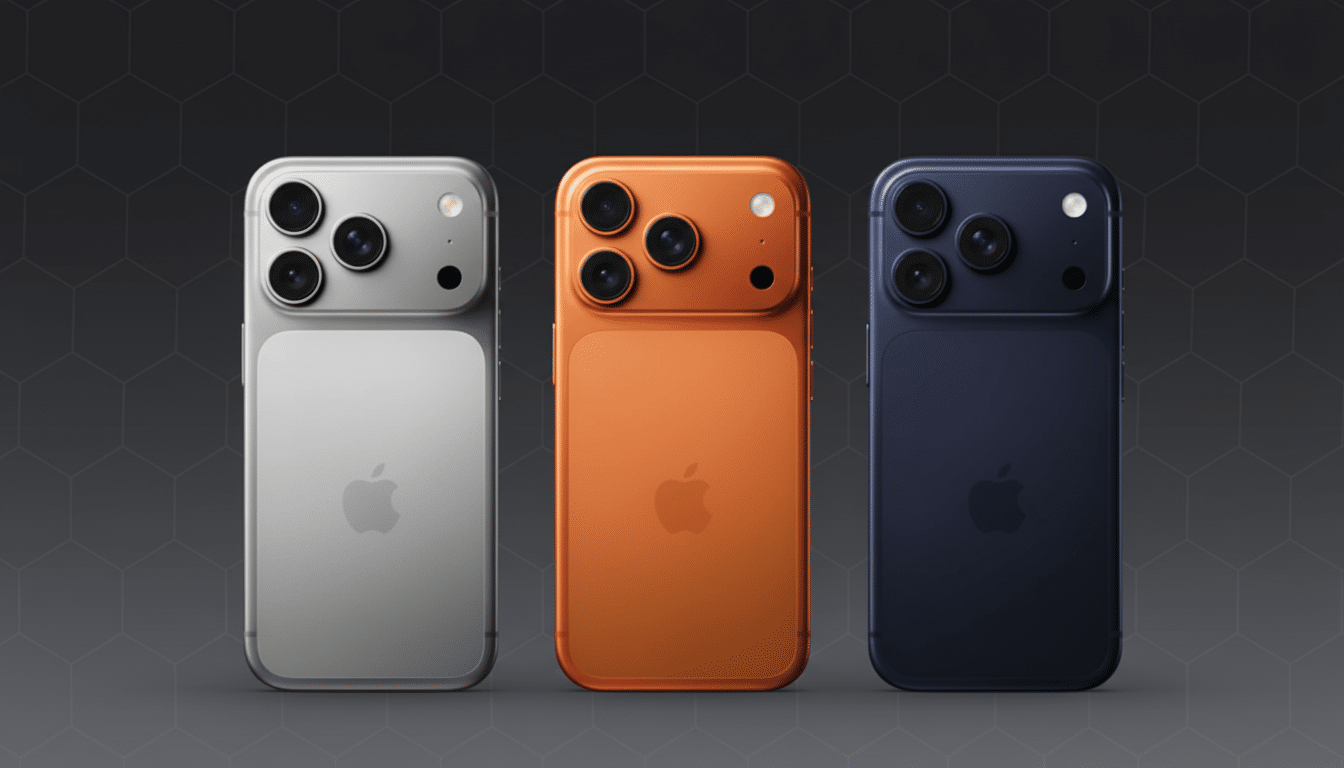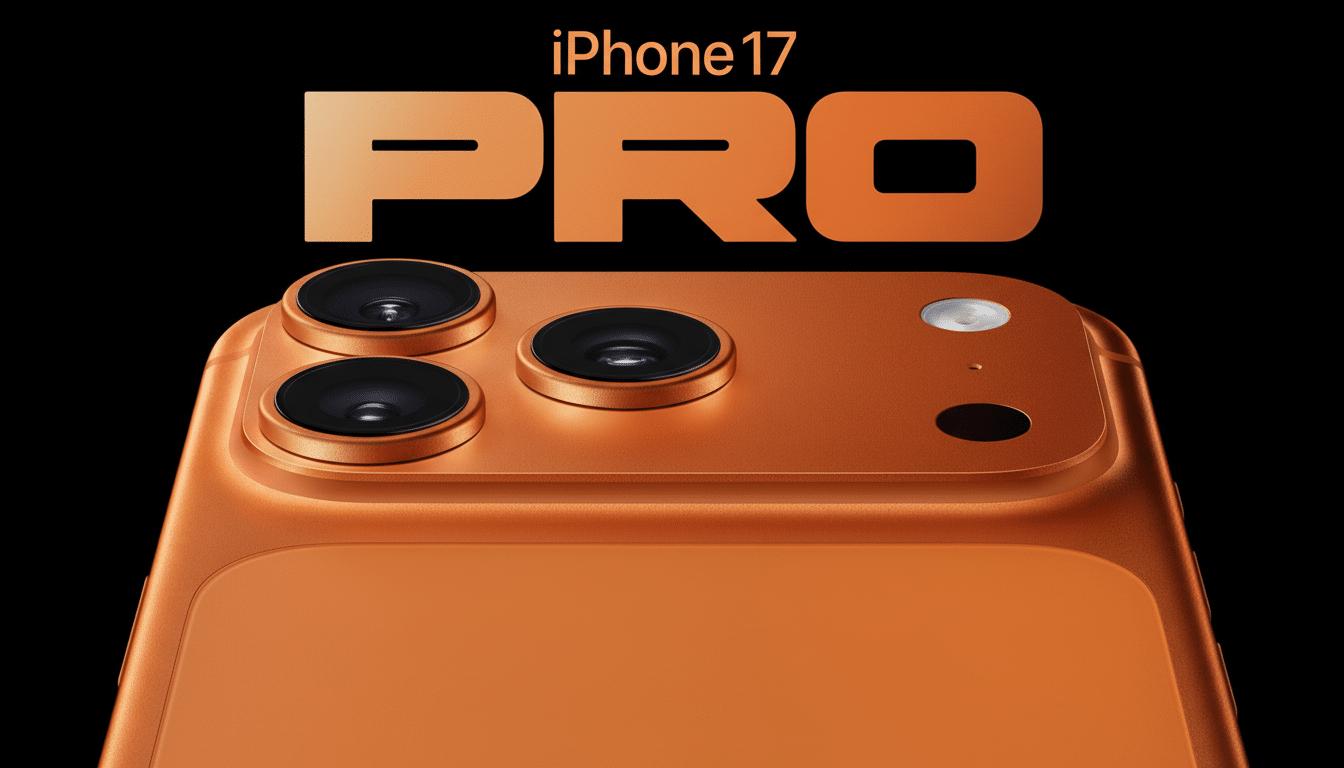Apple’s iPhone 17 Pro comes with a clear message: camera first. But how does all that new sensor and optics firepower stack up against Google’s Pixel 10 Pro and Samsung’s Galaxy S25 Ultra — two of the most consistent camera champs of the last few cycles? Here’s a more focused breakdown based on the announced specs, what each platform is particularly good at, and what history tells us about how you can actually expect stuff to work in the real world.
The hardware: What it is and what it does
The iPhone 17 Pro simply goes to a single 48MP trio across main, ultra‑wide and telephoto. That alignment is important for consistent detail and color matching across lenses, a long bugbear of mixed-lens systems. Apple also includes an 8x optical telephoto — its biggest zoom yet.

Google has 50MP main, 48MP ultra‑wide, and a 48MP 5x telephoto on the Pixel 10 Pro. The Pixel line’s hardware has quietly become muscular, but its calling card remains computational photography especially multi-frame HDR and the way it respects midtones and skin tones.
Samsung’s Galaxy S25 Ultra remains maximalist: a 200MP primary sensor, a 12 MP ultra‑wide, and two telephotos, a 10MP 3x and a 50MP 5x. That dual-telephoto system means the S25 Ultra has unmatched coverage throughout the 3x–10x range without needing to rely so much on digital trickery.
Zoom wars: reach vs reliability
On paper, the headliner for Apple is the 8x optical. Look for clean field-side shots and tighter portraits without as much digital noise as previous iPhones. The trade-off with longer periscope optics is usually smaller apertures and shutter-speeds-lasting-long-enough-in-low-light in dark scenes, so low light at 8x will be the stress test.
Samsung’s two-telephoto approach continues to be more practical a lot of the time. In independent lab tests in the last few years, such as DXOMARK analyses and creator-led blind tests, Galaxy Ultras have done particularly well in the area of stabilized, usable zoom from 3x to 10x.The S25 Ultra should be no exception, particularly in bright daylight and indoor ambient light conditions.
Pixel’s 5x telephoto to Super Res Zoom is no slouch, either. Google’s in-sensor crop and multi-frame fusion can outresolve some higher-zoom claims in real scenes, such as cityscapes or stadiums, preserving edges without inducing too much sharpening halos.
Low light and HDR
Recent Apple devices have favored natural tonal roll-off and mild HDR. At 48MP for all of its rear lenses, the iPhone 17 Pro ought to do better at keeping texture in shadows and hair, places where sensors on smaller cameras often blur detail. You can expect more biasing toward lifelike noise and neutral color out of Apple’s Deep Fusion and Photonic Engine.
Pixel generally comes in first for dynamic range. HDR+ stacks exposures to preserve highlights — neon signs against a sunset sky, perhaps — while Real Tone tuning respects varied skin tones. For worry-free exposure in tricky lighting, Pixel has traditionally been the safe bet.
Samsung doubles down on brightness and clarity. Evening shots from last Ultras ramp up luminance and micro-contrast, yielding poppy, punchy pictures. That aesthetic can make for incredibly photogenic posts on your favorite social networks, but purists might prefer Apple’s or Google’s more restrained design.
Portraits and ultra‑wide nuance
Apple’s consistent-48MP array should solve this problem of portrait froget-through accentuation of focal length. Speaking of which, recent iPhones have nailed subject isolation and eye-tracking autofocus, and the extra resolution should raise the fine details that make hair and fabric come to life. Look for more accurate bokeh edges and fewer “masking” artifacts near ears and shoulders.

Pixel’s portrait engine continues to set a high bar for facial rendering. Google’s face and pet segmentation and depth estimation stand up nicely around messy backgrounds — think foliage or chandeliers — where other systems can stumble. If you’re a fan of the gentle, cinematic blur it offers along with natural fall-off, Pixel continues to be a go-to.
Samsung’s ultra‑wide is consistently strong and distortion is well-controlled, so you can use it for architecture and interiors. The move will put Apple on even terms for edge detail and allow even crisper macro mode captures, an area where iPhones have seen generational improvements.
Video: where iPhone still has an edge
Each year, reviewers and filmmakers point to iPhone’s video pipeline — fast autofocus, stable exposure, low rolling shutter and its industry-leading color science — as the gold standard. With the 17 Pro, that edge is likely preserved, at least when it comes to 4K and cinematic mode footage shot handheld. Pro creators who depend on features such as Log profiles, Dolby Vision, and accessory ecosystems usually end up with iPhone.
Pixel and Galaxy have caught up in sharpness and stabilization — both now do solid HDR video too. For everyday clips, all three are a triumph; for demanding workflows, iPhone holds a slight edge in consistency.
Selfie cameras and creators
Apple bumps the front camera to 18MP with Center Stage framing and improved stabilization. The increased sensor size should also decrease noise in low light and provide better skin texture (but not wiped-clean skin in a waxy kind of way, useful for vloggers and daily Stories).
The front camera Google is putting on the Pixel 10 Pro is a 42MP spec standout and will win over creators who crop or reframe vertical video. Samsung’s 12MP selfie camera is tried and true, offering natural color that tends to look good enough to post without much editing on the web.
AI and computational edges
Google is still at it leading the pack when it comes to computational tricks that matter: Best Take, Magic Editor, and scene relighting are more than parlor tricks — they save shots. Samsung’s AI Zoom and object eraser tools work well for quick fixes and social-ready shots.
Apple’s approach leans in the direction of realism and privacy-conscious on-device processing. And with more neural horsepower in the 17 Pro, you’d hope to see even faster subject detection, smarter overall scene segmentation and cleaner HDR blending across the new 48MP trio.
Early verdict
If you’re after the best all-around video and a balanced, natural photo look, the iPhone 17 Pro is the early frontrunner — especially with its 15 MP sensor on every lens and reach-for-the-moon 8x optical telephoto.
If dynamic range and computational magic are your thing, the Pixel 10 Pro is still great. And if you reside at that 3x–10x-zoom sweet spot in your photography (or love the increasingly absurd level of detail and contrast), the Galaxy S25 Ultra still walks away wearing the zoom crown.
Independent lab scores such as those from organisations like DXOMARK and large-scale blind tests conducted by content creators will eventually separate the wheat from the acute shade of aging rhubarb. But owing to differing specs and platform capabilities, the race has probably never been closer — and your eventual winner likely depends on whether you shoot more video (iPhone), adore HDR-laden stills (Pixel), or value versatile zoom and smacking clarity (Galaxy).

